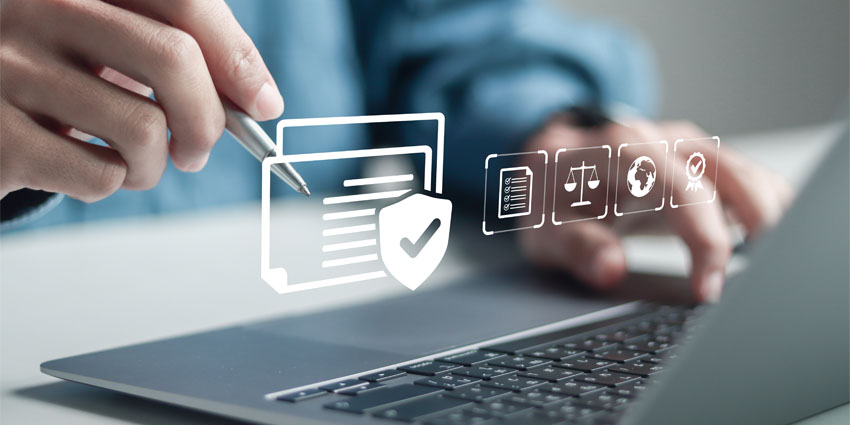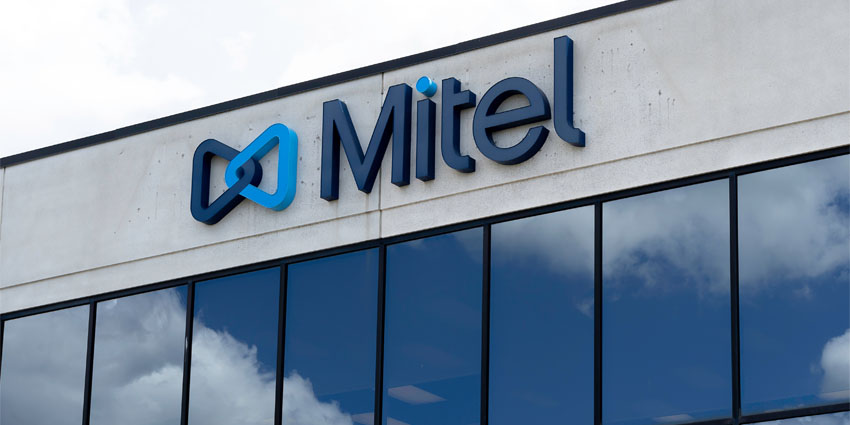Security should always be one of the primary points considered by any business investing in new technology. UCaaS, or Unified Communications as a Service, can be an excellent tool for boosting the productivity, efficiency, and compliance levels of any business.
With a unified ecosystem of communication tools in the cloud, businesses have more scope to track the end-to-end conversations of their team members. UCaaS can also make it easier to implement access control and privacy policies across an entire business. However, to make a UCaaS space as secure as possible, businesses need to work with the correct vendor.
Choosing the right UCaaS vendor from day one ensures companies can leverage everything from end-to-end encryption to compliant data storage. Here are some steps to help with choosing the most secure UCaaS vendor in 2022 and beyond.
Step 1: Explore Industry-Specific Security Requirements
The first step in choosing a suitable vendor for a secure UCaaS strategy, is understanding the specific threats which face businesses from different industries. Companies from the financial sector will need to ensure they’re compliant with different regulatory guidelines to those in the healthcare environment. Taking time to assess the potential risks the company might face is crucial to picking the correct tools.
Some UCaaS vendors can offer specialist services and support to those in highly-regulated industries, like the government landscape. Others can also allow organisations to choose precisely where data is stored, which assists with data sovereignty issues. Making a list of all the key considerations the company needs to consider when creating secure and private environments is crucial.
Step 2: Examine Wider Regulations
After looking at the specific guidelines and regulations business leaders need to follow in certain industries, the next stage is making sure vendors are compliant with the latest overall regulations for data management and security. Most UCaaS leaders have tools in place to assist companies with complying to guidelines like GDPR and CCPA.
However, as the privacy requirements of consumers continues to evolve, it’s worth remembering the rules businesses have to follow may change at any time. Business leaders will need to ensure they’re working with a vendor with a clear understanding of the digital threat landscape. For many businesses with specific concerns about regulatory data management, it may be a good idea to reach out to the UCaaS vendor in question and ask for assistance.
Step 3: Look at Employee Risks
According to studies, around 88% of data breaches are caused by an employee mistake. With this in mind, it’s crucial for business leaders to think about how their team members are going to access and use different UCaaS solutions. Most of the top vendors in the market today offer various tools for access control, to help reduce the number of people leveraging data in a network.
Companies with hybrid and remote working employees will need to ensure secure systems are in place to protect team members when they’re logging into software from a distance. It may also be important to think about things like multi-factor authentication, to reduce the risks associated with users losing access to crucial tools like laptops and smartphones.
Step 4: Prioritise End-to-end Visibility
There are various must-have security solutions in any UCaaS environment today, from end-to-end encryption for all communications, to secure cloud storage. One of the most important things companies can prioritise to ensure employees and customers remain protected, is excellent visibility. Tracking, reporting, and monitoring tools built into the UCaaS environment will make it easier to keep on top of potential issues, from toll fraud, to misplaced data.
If a UCaaS environment doesn’t come with its own monitoring tools implemented, it should be able to integrate seamlessly with other tools for service management and reporting. These tools should all be able to work together to provide business leaders and IT teams with a clear view of everything happening in a business environment.
Step 5: Implement Secure Hardware
When investing in a UCaaS solution with a focus on security, its often easy for business leaders to get caught up thinking about software standards, like end-to-end encryption and data protection. However, the hardware used throughout the company can have its own risks. Business leaders need to ensure they can monitor their hardware and endpoints remotely, and watch for security issues.
The right tools for today’s business landscape should be designed with security implemented from the ground up. This could mean using meeting tools and video cameras with privacy shutters and similar accessories. It could also mean looking for a hardware vendor with built-in software solutions for monitoring and tracking different endpoints.
Step 6: Explore Innovative Solutions
As the threat landscape for the UCaaS environment becomes more complex, many business leaders are beginning to invest in more advanced tools for security and privacy. This could mean implementing artificial intelligence into the communication stack, capable of tracking potentially fraudulent calls, or pinpointing the source of attacks.
AI solutions can also assist with protecting customer data, by recognising biometric signals when a customer calls a business, to ensure each user is who they say they are. Innovative solutions for tracking and understanding the source of different threats should help companies to stay ahead of the ever-changing cybersecurity landscape.
Step 7: Consider Getting Extra Support
Many UCaaS vendors will also offer specialist services and guidance for companies with specific security and compliance needs. Being able to tap into this additional support can be extremely useful for business leaders who can’t afford to implement their own security experts into the IT team.
What’s more, additional support can be useful for businesses making the transition into new communication landscapes. Some UC vendors and market leaders will be able to offer help with everything from building secure Metaverse environments, to making sure XR tools remain safe and compliant for teams collaborating in a virtual world.







